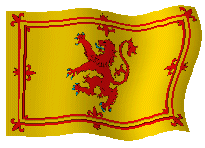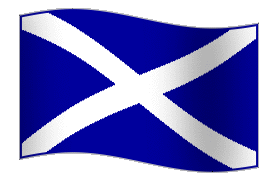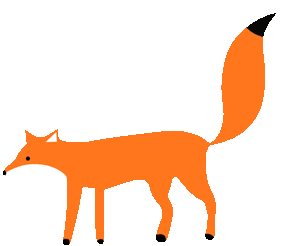
The Scottish Flag
Introduction :
First of all, you must know that the Scottish flag, also called the “Saltire”, is steeped in history and legend. First hoisted in 892, it’s believed to be one of the oldest flags in the world still in use today. Moreover, you must know that Scotland has actually two flags but only one of them is recognized to be the official one and it’s the “Saltire”, the other one is called the “lion rampant”.


History:
The Saltire is the national flag of Scotland, and with a white diagonal cross, it represents the crucifixion of St-Andrew. This was the supposed shape of the cross on which St. Andrew was put to death and as a consequence the flag is also known as the 'Cross of St. Andrew'. According to legend, the birth of the Saltire came about in a battle near Athelstaneford in East Lothian. Apparently, the Scots looked up to the sky and saw the shape of a cross in the clouds which resembled the cross of St Andrew and they took it as a sign that they would succeed in battle. They did finally win the battle, and from then on began to take the cloudy white cross and the evening azure sky as their country's emblem.

Back

Who was St Andrew?
Firstly, we should point out that Saint Andrew was not actually born in Scotland. Saint Andrew was the first disciple of Jesus. He was the younger brother of Saint Peter and was born in Bethsaida on the Sea of Galilee. The brothers were fishermen. Saint Andrew was the apostle of Jesus (Disciple of Jesus)
Saint Andrew was martyred by crucifixion at Patras in Greece. Because St. Andrew judged himself unworthy to be crucified on the same type of cross on which Christ had been crucified, he asked to be tied to an X shaped cross. The Apostle Andrew did not die right away but instead he was left to suffer for two days while he went on praising God until he finally died.
St Andrew on the seal of the Guardians of Scotland, 1292
Othmane



